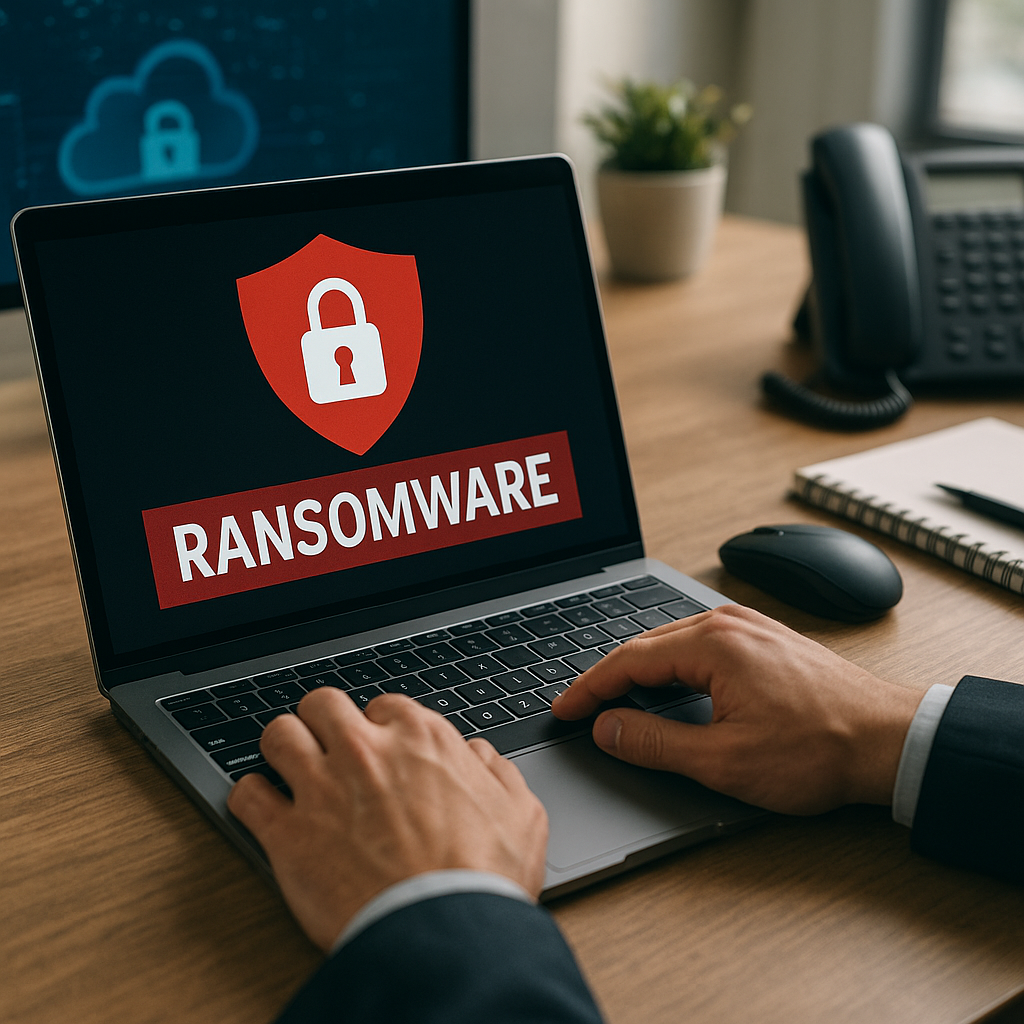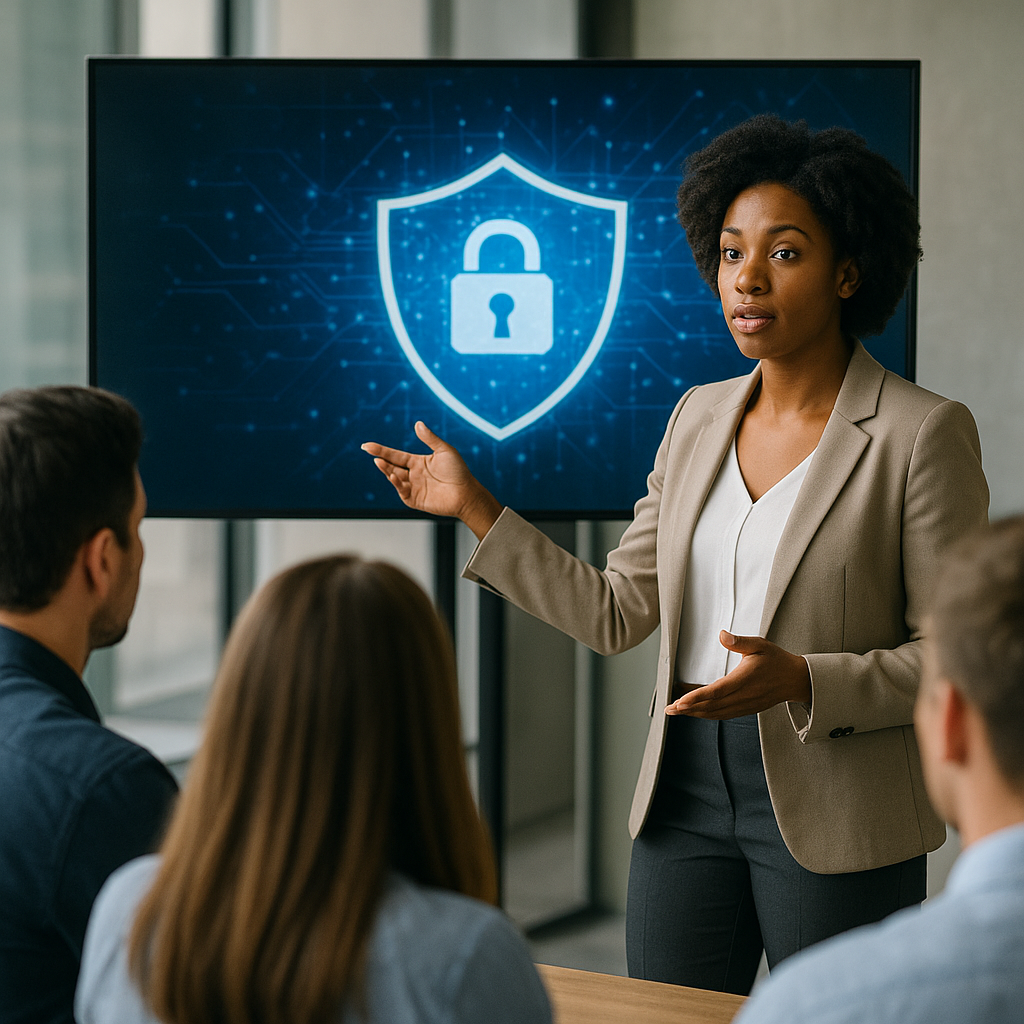Protecting children from cyberbullying is a crucial concern for parents, educators, and society as a whole. As technology continues to evolve, so do the methods by which bullies can target their victims. Understanding the nature of cyberbullying and implementing effective strategies to combat it is essential for ensuring the safety and well-being of our children. This article will explore the various forms of cyberbullying, its impact on children, and practical steps that can be taken to protect them.
Understanding Cyberbullying
Cyberbullying refers to the use of digital platforms, such as social media, messaging apps, and online games, to harass, threaten, or humiliate individuals, particularly children and teenagers. Unlike traditional bullying, which often occurs in person, cyberbullying can happen at any time and from anywhere, making it more pervasive and difficult to escape. The anonymity provided by the internet can embolden bullies, leading to more severe and frequent attacks.
Forms of Cyberbullying
Cyberbullying can take many forms, each with its own unique characteristics and implications. Understanding these forms is vital for recognizing and addressing the issue effectively. Some common types of cyberbullying include:
- Harassment: Repeatedly sending offensive, rude, or insulting messages to an individual.
- Impersonation: Pretending to be someone else online to damage their reputation or relationships.
- Outing: Sharing private or sensitive information about someone without their consent.
- Exclusion: Intentionally excluding someone from online groups or activities, leading to feelings of isolation.
- Flaming: Posting inflammatory comments or messages to provoke a reaction and escalate conflict.
The Impact of Cyberbullying on Children
The effects of cyberbullying can be profound and long-lasting. Victims may experience a range of emotional, psychological, and social consequences, including:
- Emotional Distress: Victims often suffer from anxiety, depression, and low self-esteem as a result of being targeted.
- Academic Challenges: The stress and distraction caused by cyberbullying can lead to decreased academic performance and school attendance.
- Social Isolation: Victims may withdraw from friends and family, leading to feelings of loneliness and isolation.
- Physical Health Issues: The emotional toll of cyberbullying can manifest in physical symptoms, such as headaches, stomachaches, and sleep disturbances.
Strategies for Protecting Children
To effectively protect children from cyberbullying, parents and guardians must take proactive steps. Here are several strategies that can help create a safer online environment for children:
Open Communication
Establishing open lines of communication with children is essential. Encourage them to share their online experiences, including any negative interactions they may encounter. By fostering a trusting relationship, children will feel more comfortable discussing their concerns and seeking help when needed.
Educate About Online Safety
Teaching children about online safety is crucial in preventing cyberbullying. Discuss the importance of privacy settings, the risks of sharing personal information, and the potential consequences of their online actions. Empower them to think critically about their digital footprint and the impact it can have on their lives.
Monitor Online Activity
While respecting a child’s privacy is important, monitoring their online activity can help identify potential issues before they escalate. Parents can use parental control software to track usage and set limits on screen time. Regularly checking in on their social media accounts and online interactions can also provide insight into their experiences.
Encourage Positive Online Behavior
Promoting kindness and empathy in online interactions can help create a more positive digital environment. Encourage children to treat others with respect and to stand up against bullying when they witness it. Teaching them to be good digital citizens can contribute to a culture of support and understanding.
Know When to Intervene
Recognizing the signs of cyberbullying is crucial for timely intervention. If a child exhibits changes in behavior, such as withdrawal from social activities or a decline in academic performance, it may be a sign that they are experiencing bullying. Parents should be prepared to take action, whether that means contacting the school, reporting the behavior to the platform, or seeking professional help.
Utilize Resources and Support
There are numerous resources available to help parents and children navigate the challenges of cyberbullying. Organizations such as StopBullying.gov and the Cyberbullying Research Center offer valuable information, support, and tools for both victims and their families. Additionally, schools often have programs in place to address bullying and provide support to affected students.
Conclusion
Protecting children from cyberbullying requires a multifaceted approach that involves education, communication, and proactive measures. By understanding the nature of cyberbullying and its impact, parents can better equip their children to navigate the digital world safely. Through open dialogue, monitoring, and fostering a culture of kindness, we can work together to create a safer online environment for all children.




